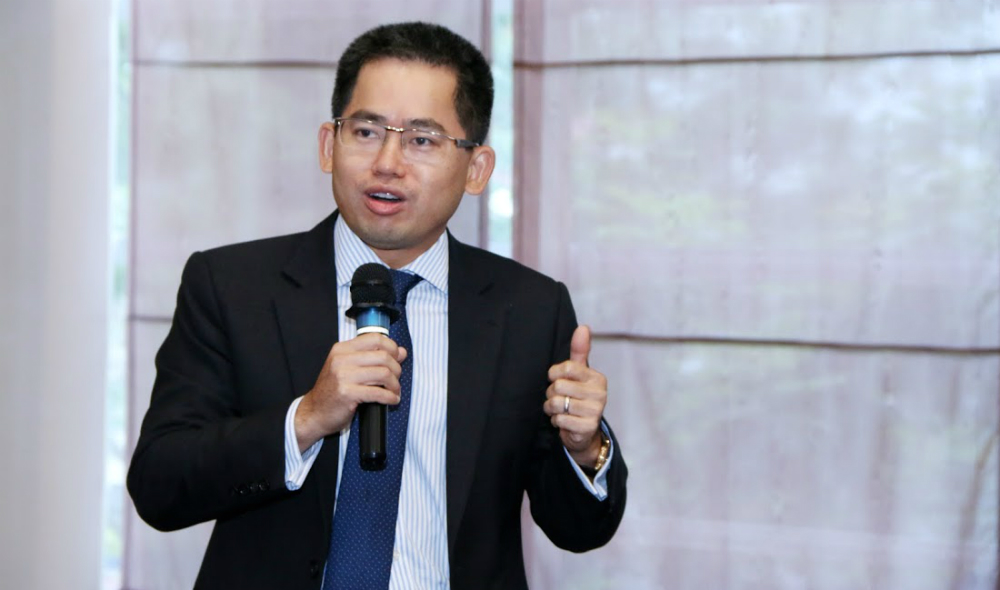Vietnam will soon be an international investment magnet thatIndian enterprises cannot ignore when looking around Asia for a destination, experts said at a seminar in Ho Chi Minh City last week.
>> An audio version of the story is available here
The attractiveness of the 90-milion-strong market, of which the full potential will likely be realized following the signing of many free trade pacts, is hard to overlook, they said at the conference on “Vietnam Trade and Business Outlook 2015 – 2016” on October 7.
Vietnam has signed free trade agreements (FTAs) with South Korea and the Eurasian Economic Union, while actively negotiating an FTA with the EU and another with 11 other countries under the Trans-Pacific Partnership, said Tran Quang Huy, general director of the South West Asia & Africa Markets Department under the Ministry of Industry and Trade.
The Southeast Asian country and the EU have concluded all negotiations enabling the two parties to sign the FTA early next year, while the last rounds of TPP negotiations have also been wrapped up in Atlanta, Huy added.
The country is actively preparing for its official participation in the ASEAN Economic Community, which will be formed in December this year, he said.
All of those FTAs will enable Vietnamese goods to become more competitive in the global market, following the drop or exemption of import taxes levied on Vietnamese-made products, Huy said.
The country’s GDP is projected to rise 6.2 percent in 2015, and the average GDP expansion in the 2016-20 period is forecast to hit 6.5-7 percent, Huy added.
Vietnam is today one of the fastest-growing economies in the region, enjoying a degree of macroeconomic stability with vast potential for future development, said Smita Pant, Consul General of India in Ho Chi Minh City.
India similarly is registering good growth and its economy is expected to grow faster than other major emerging economies, Consul General Pant said.
This creates strong ties between the two countries within the ‘three Cs’, Commerce, Culture, and Connectivity, which are the defining features of this relationship, she said.
Cooperation in trade and investment has been identified as a priority, and the two nations have set up institutional mechanisms for enhancing these opportunities, she said.
This year, India has had 15-20 business delegations from 20 sectors visiting Ho Chi Minh City alone, she said.
Another business delegation will visit Vietnam in the coming weeks to study the local market, she told Tuoi Tre News.
Some areas where India sees potential still to be tapped include textiles, leather, pharmaceuticals, tourism and agriculture, she added.
“We are also looking at long-term partnerships in energy and infrastructure development and IT sectors,” she said.
The Indian government has recently set up a Special Purpose Vehicle (SPV) mechanism to attract Indian investment in Vietnam and other regional countries, including Cambodia, Laos, and Myanmar, she said.
With regard to boosting connectivity and cultural relations, Vietnam and India should beef up cooperation in tourism and entertainment, which would be a win-win situation, the diplomat remarked.
“For that we would need some visa waiver conditions as Indians often become major travelers and spenders,” she said.
“I have been informed that Bollywood producers are ready to come and film in some of the locations offered by the ASEAN region,” she added.
Small steps like business visas or direct flights would go a long way in furthering trade and investment, which have been identified as priority areas of cooperation by the leadership of the two countries, Consul General Pant said.
Pham Hong Hai, CEO of HSBC Bank Vietnam Limited, also said Vietnam’s macroeconomic situation is improving as domestic demand recovers next to an increase in bank lending, affording rising credit in many business sectors.
However, there are two everyday signals that he said act as economic indicators in Vietnam: the number of young couples gathering at the Saigon Notre Dame Basilica in District 1 to take selfies and the number of HSBC’s female employees getting pregnant.
When the numbers pick up, there is a rising confidence in consumer sentiments, which is the main driver for Vietnam’s economy, Hai said.
Given Vietnam’s current demographic characteristics, the national economy will fare well in the next 20-25 years.
But by 2040, when the drop in population kicks in, the country will face a growth problem.
When one looks at any country in the world, they would see that if all the macroeconomic factors are removed, it then comes down to demographics for growth, Hai said.
“If you have a young population, you’ll have a future. An aging population means you will soon be in trouble,” he added.
Like us on Facebook or follow us on Twitter to get the latest news about Vietnam!




















































